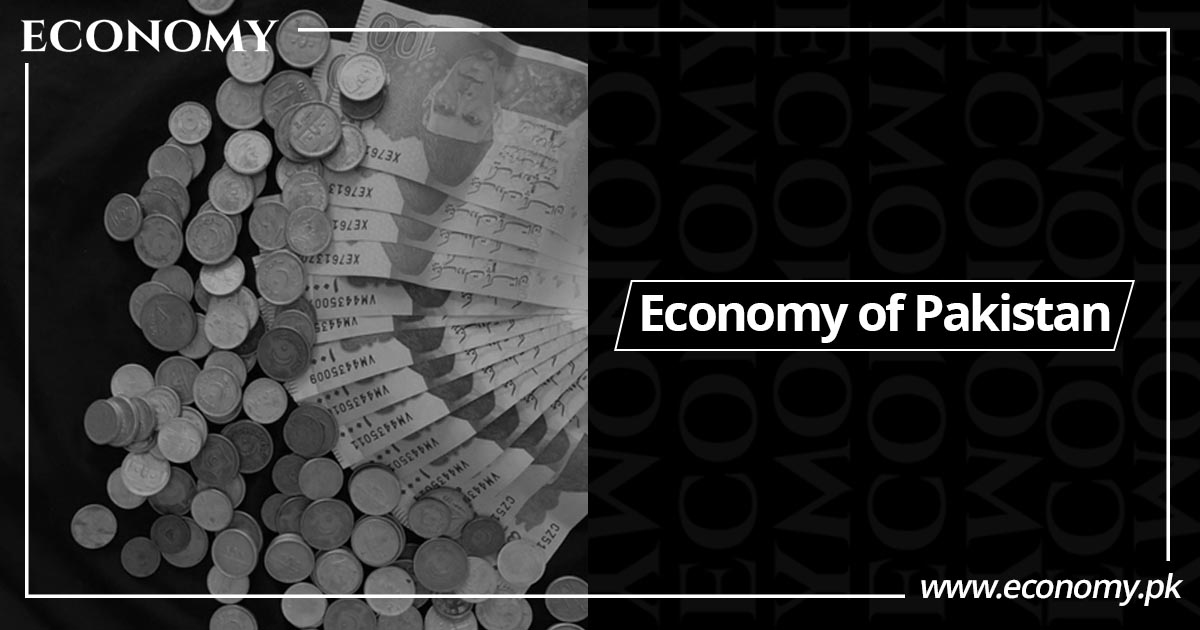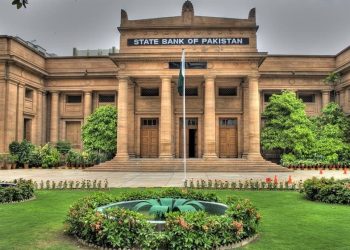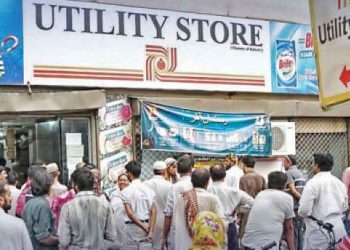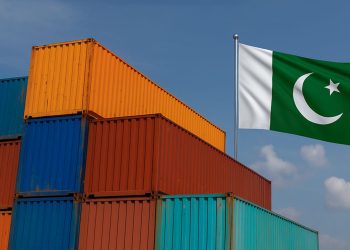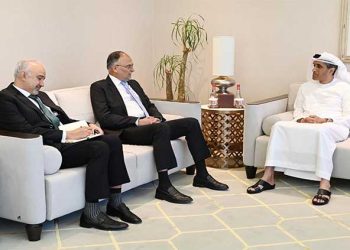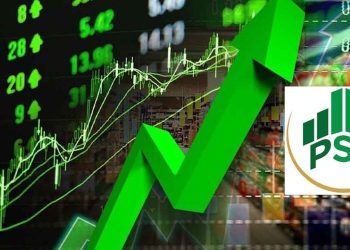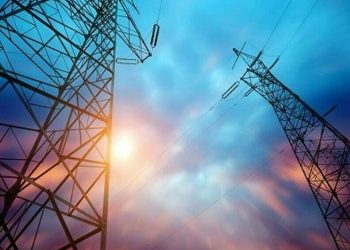An economy is defined as the set of interrelated production, consumption, and exchange processes that help in determining how resources should be allocated. The production, consumption, and distribution of goods and services are utilized to meet the needs of those operating within the economy, which is also called a complete economic system. The Economy of Pakistan works on a similar model, but the main correspondent and identifier of the Pakistani economy is the Agricultural sector.
Types of Economy
An economic system is a means by which societies or governments organize and distribute available resources, services, and goods across a geographic region or country. Economic systems regulate the factors of production, including land, capital, labor, and physical resources. An economic system encompasses many institutions, agencies, entities, decision-making processes, and patterns of consumption that comprise the economic structure of a given community.
Market Based
In Market Based Economies, individuals and businesses are allowed to exchange goods freely through the market, as per demand and supply. For example, the economy of the US is mostly a market economy where consumers and producers determine what should be sold and produced.
Command Based
Common Based Economies are dependent on a central political person, which controls the price and distribution of goods. Supply and demand cannot play out naturally in this system because it is centrally planned, so imbalances are common, but the economy is under an influence of a single entity.

Economy of Pakistan
The economy of Pakistan has been growing slowly over the past two decades. Annual Per Capita growth has estimated only 2 percent, less than half of the South Asia average, partly due to inconsistent macroeconomic policies and an under-reliance on investment and exports to drive economic growth. Short periods of rapid consumption-fueled growth led to the sizable current account and fiscal deficits, that ultimately required tightening of policies, resulting in recurrent boom-bust cycles. The economic history of Pakistan has always been a semi-industrialized one.
Last 2 Decades & Statistics
The economy of Pakistan is the 22nd largest in the world in terms of purchasing power parity (PPP), and 45th largest in terms of nominal gross domestic product. The annual growth in GDP % of Pakistan over the past two decades;
- 2000 – 4.260
- 2001 – 3.554
- 2002 – 2.508
- 2003 – 5.777
- 2004 – 7.547
- 2005 – 6.519
- 2006 – 5.899
- 2007 – 4.833
- 2008 – 1.701
- 2009 – 2.832
- 2010 – 1.607
- 2011 – 2.748
- 2012 – 3.507
- 2013 – 4.396
- 2014 – 4.657
- 2015 – 4.731
- 2016 – 5.527
- 2017 – 5.554
- 2018 – 5.836
- 2019 – 0.989
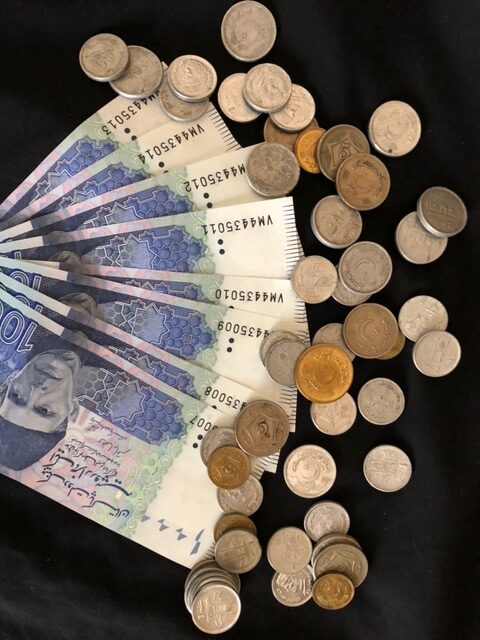
Governmental Stats For Economy of Pakistan
The economy of Pakistan is the 22nd largest in the world in terms of purchasing power parity (PPP), and 45th largest in terms of nominal gross domestic product. Pakistan has a population of over 220 million (the world’s 5th-largest), giving it a nominal GDP per capita of $1,186 in the year 2020-21.
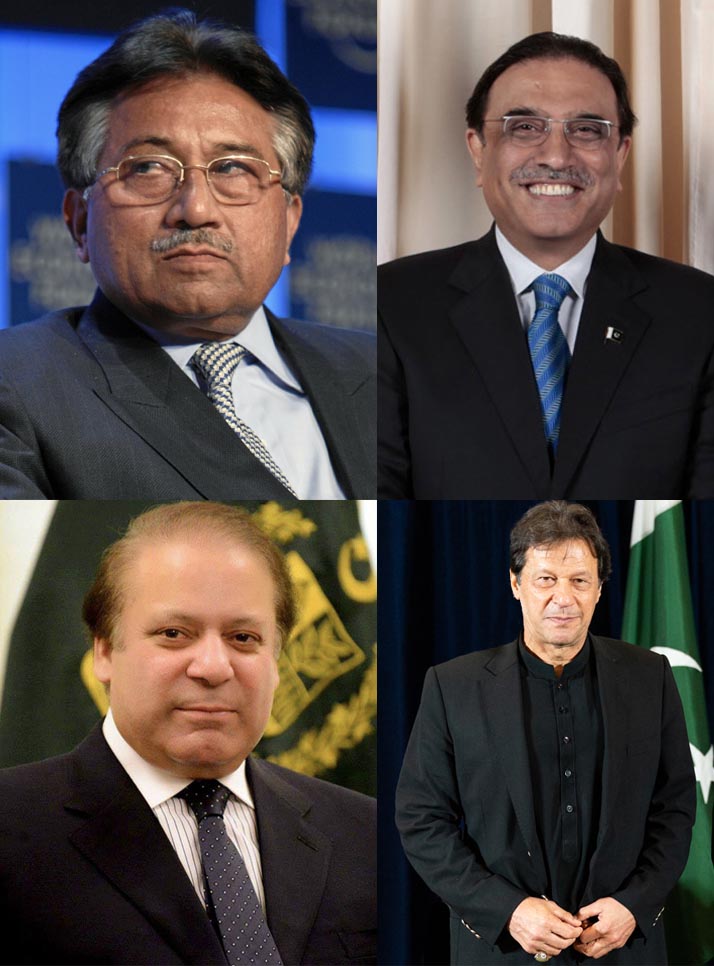
- Government Pervez Musharraf – During this time the economy grew at an average rate of 6.3 per cent a year. The GDP increased at the annual rate of 4.7 per cent.
- Government Asif Ali Zardari – GDP growth in 2010 – 11 was only 2 percent and the rate in 2011-12 was not higher than 3 per cent.
- Government Nawaz Sharif – Pakistan’s GDP grew at 5.3 percent in 2017, making it the fifth fastest growing economy in the world.
- Government Imran Khan – Pakistan’s GDP grew by 1.9% in 2019 as compared to a decade – high of 5.8% the previous year.
In early FY20, which runs from July 2019 to June 2020, following one such episode of external and fiscal imbalances, the country entered a 39-month IMF-Extended Fund Facility. The associated adjustment measures, including fiscal consolidation, contributed to a reduction of the imbalances over the year and improved macroeconomic stability.
Instability, COVID, Politics & Economy of Pakistan
Political issues may lead to a clash between the government and a combined opposition in early 2021. Due to the second wave of COVID-19 expected to run well into February 2021, there is little reason to cheer Pakistan’s growth prospects. As global economic activity raised on account of the vaccine, so will oil prices, putting a further dent in Pakistan’s current account and increasing inflation.
Even if COVID-19 had not been badly affected, 2020 would still have been a year to forget. There is a sliver of fiscal space available before the government returns to the IMF in the next few months. Electricity and gas prices still not raised as required by the IMF after which greater strict economic policies will be enforced. The government can continue to extend its donor-supported social protection programs like the Ehsaas program and provide some temporary relief.
Summing Things Up!
While per – capita agricultural output has grown since independence, it has been outpaced by the growth of the non – agricultural sectors, and the share of agriculture has dropped to roughly one – fifth of Pakistan’s economy. In recent years, the country has seen rapid growth in industries (such as apparel, textiles, and cement) and services (such as telecommunications, transportation, advertising, and finance).
